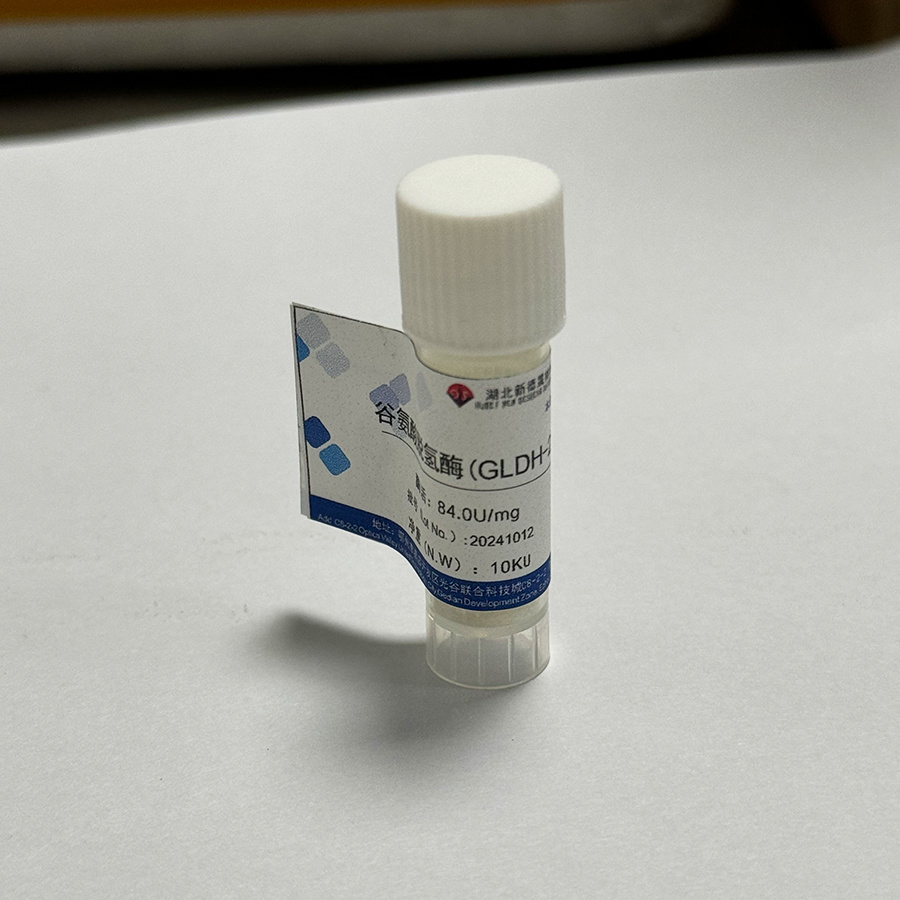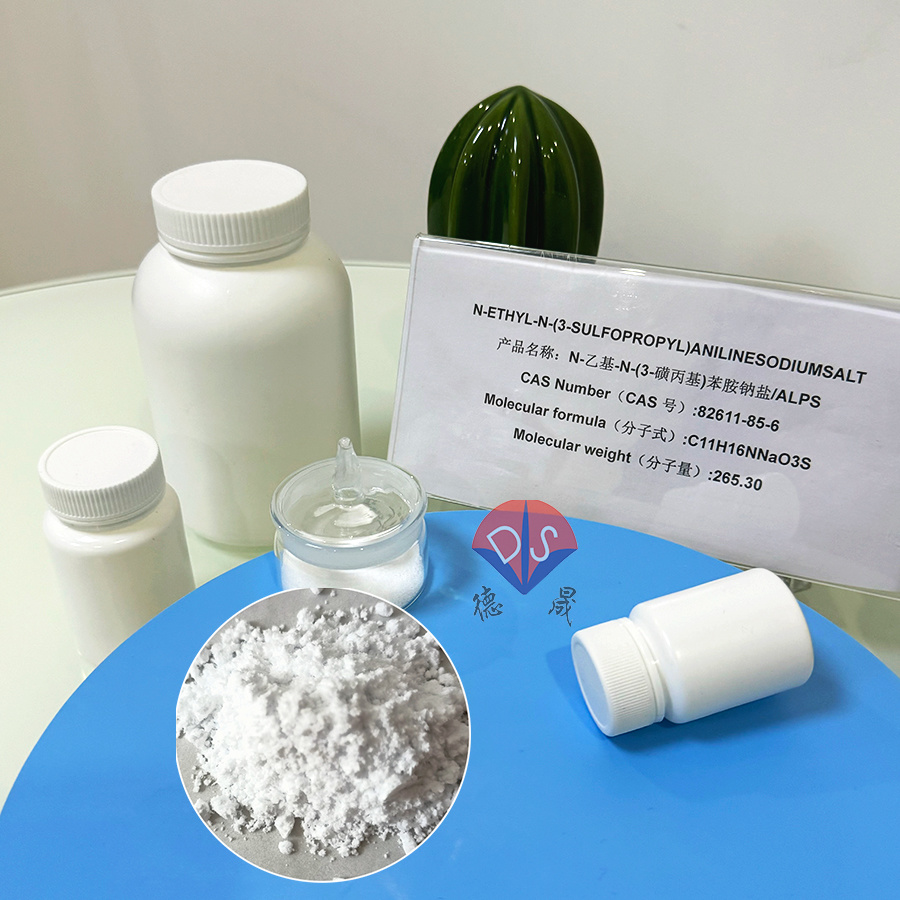What exactly does the IVD industry do? Must see for newcomers to the industry
Release time:
2025-07-20
IVD stands for In Vitro Diagnostics, also known as in vitro diagnostics in Chinese. Simply put, the IVD industry focuses on detecting and analyzing biological samples outside the human body, such as blood, urine, saliva, tissues, etc., in order to obtain disease-related information and assist decision-making. These test results can be used for various aspects such as disease diagnosis, process monitoring, and assessment of health status. For newcomers to this industry, understanding the full picture of the IVD industry can help them find the right direction.

The Development History of IVD Industry
The development of the IVD industry has a long history, dating back to the early 20th century. Early in vitro diagnostic techniques were relatively basic, with relatively single detection methods, mainly relying on some simple chemical and biological methods. With the passage of time, by the end of the 20th century and the beginning of the 21st century, the rapid progress of biotechnology and information technology has brought opportunities for the flourishing development of the IVD industry. Traditional laboratory technology is gradually shifting towards faster and more accurate molecular diagnostic techniques. The successive introduction of advanced technologies such as biochips, PCR (polymerase chain reaction) technology, and mass spectrometry analysis has led to breakthroughs in the IVD industry in a short period of time, greatly improving the accuracy and efficiency of detection.
Technical classification of IVD industry
1. Biochemical analysis technology: This is a relatively basic technique that mainly diagnoses diseases by detecting biochemical indicators such as enzyme activity and metabolites in biological samples. Biochemical analysis technology is widely used in clinical diagnosis and is an important means of routine physical examination and preliminary screening of the disease.
2. Immunoassay technology: This technology utilizes specific binding reactions between antigens and antibodies to diagnose diseases by detecting antigens or antibodies in biological samples. Immunoassay technology has the advantages of high sensitivity and specificity, and plays an important role in the detection of infectious diseases, cancer and other conditions.
3. Molecular diagnostic technology: As a cutting-edge technology, molecular diagnosis achieves early diagnosis of diseases by detecting nucleic acid molecules such as DNA and RNA in biological samples. In the field of cancer diagnosis, molecular diagnostic techniques can detect mutations in related genes.
The composition of the IVD industry's industrial chain
1. Upstream raw material supply: It is the foundation of the IVD industry, mainly including the production and supply of raw materials such as biological reagents, chemical reagents, instrument accessories, etc. The quality of key raw materials such as antibodies and antigens in biological reagents directly affects the performance of detection reagents. Chemical reagents are used for sample processing and detection reactions. These upstream enterprises provide the material foundation for the manufacturing of midstream products.
2. Midstream product manufacturing: This process involves the research and development, production, and sales of IVD instruments and reagents. There are various types of IVD instruments, including biochemical analyzers, immunological analyzers, molecular diagnostic instruments, etc. Different types of instruments correspond to different detection techniques and application scenarios.
3. Downstream application services: mainly refer to the application of IVD products in institutions, third-party testing institutions and other places, as well as related technical support and services. Medical institutions are the main application sites for IVD products, and doctors diagnose and make decisions based on test results. The third-party testing institutions play an important role in supplementing resources and providing professional testing services.
Market Status of IVD Industry
The market size of the IVD industry is showing a trend of increasing year by year. With the worsening of population aging and the increasing number of patients, people's attention to health is constantly increasing, and the demand for diagnosis continues to rise. IVD products are widely used not only in traditional hospitals, clinics, and other settings, but also in emerging fields such as home and sports medicine, where IVD products are gradually emerging. Major IVD companies are continuously increasing their research and development investment, competing to launch more advanced equipment and technologies to meet the diverse needs of the market. In China, the IVD industry is also developing rapidly, with domestic enterprises gradually rising and achieving import substitution in some areas.

(Color reagent ALPS)
For newcomers to the IVD industry, it is full of opportunities and challenges. Hubei Xindesheng Company, as an upstream IVD reagent raw material manufacturer, has been deeply involved in the research and production of raw materials for many years. Multiple products such as HEPES and Tris can be provided on biological buffering agents to ensure pH stability of the detection system; Color reagents are suitable for different detection scenarios and can clearly present reaction results; The acridine ester products in luminescent reagents undergo multiple purification processes to reduce background interference. At present, we have established long-term cooperation with numerous downstream IVD reagent production enterprises. If you have any purchasing needs, please feel free to contact us at any time!
Previous page
Previous page
Contact details
Contact number
Address: C8, Guanggu United Science and Technology City, Ezhou City, Hubei Province
Fax:0711-3704 589
Follow us



